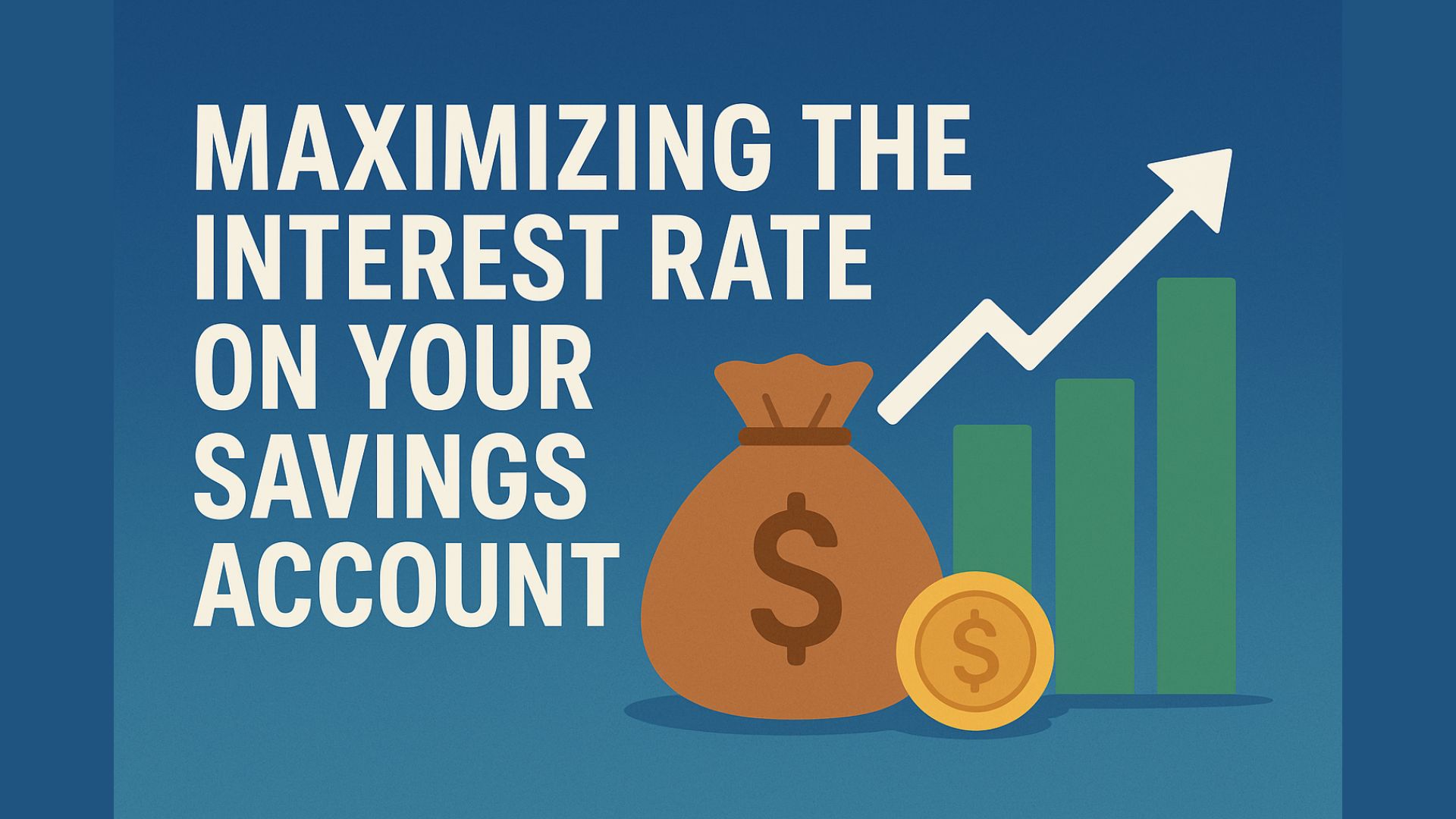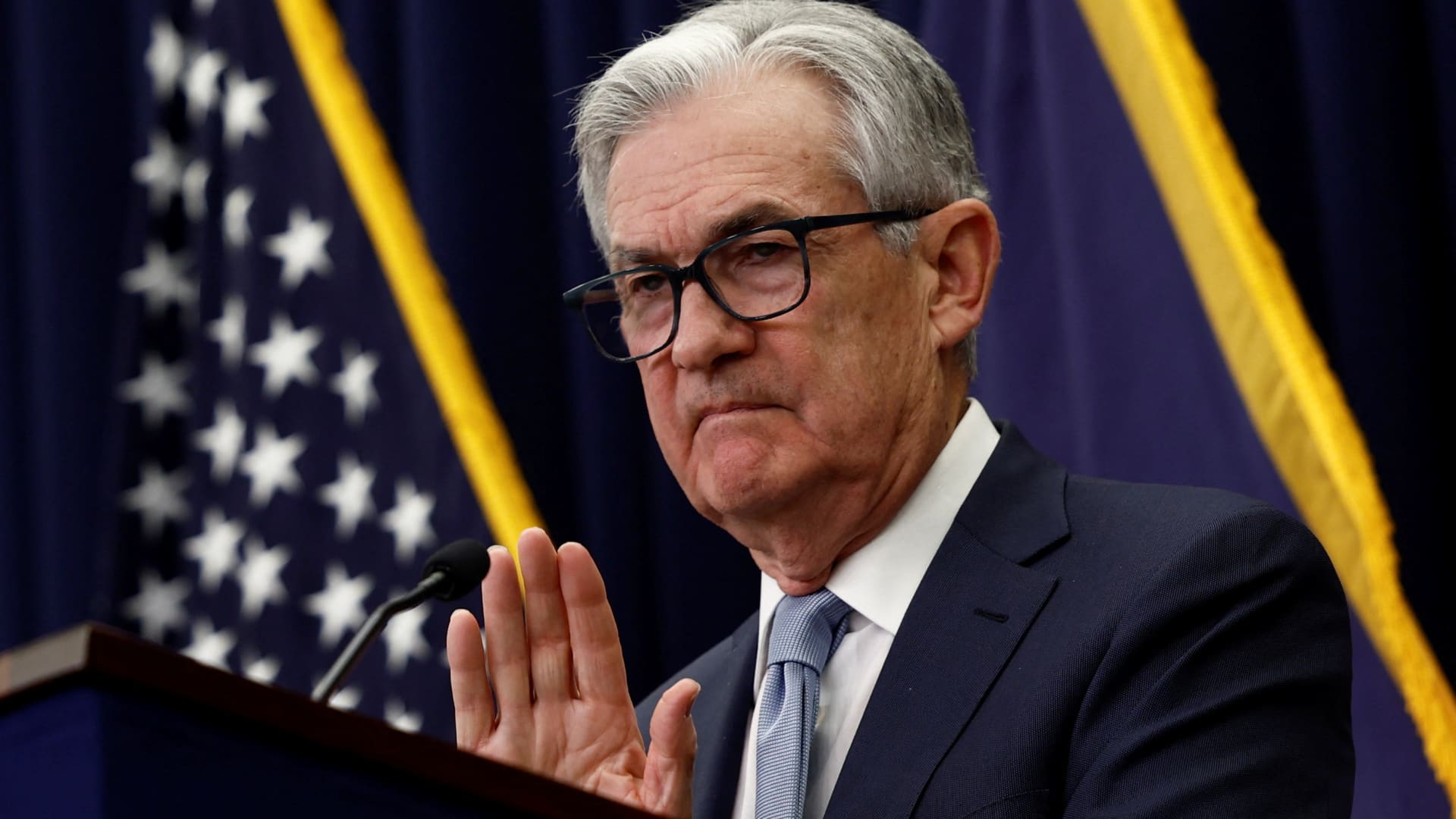From Q3 to Q4: CRE loans overdue for over 30 days / non-accrual status increased from 0.58% to 0.65%.
From Q4 2021 to Q4 2022: They decreased by 6 basis points (so from 0.72% to 0.65%).
Exaggerated headline or cause for concern? A 12% increase sequentially in relative terms, but in absolute terms, we're talking a default rate rising by 7 basis points.
Delinquencies on commercial real estate loans at U.S. banks increased sharply in Q4 from the earlier quarter, amid a tough macroeconomic backdrop, declining occupancy rates and tightening of lending standards.
Loans overdue for over 30 days and those in nonaccrual status accounted for 0.65% of CRE loans at the end of Q4, up from 0.58% delinquency rate as of Sept. 30, 2022, an S&P Global Market Intelligence analysis showed.
However, despite the sequential uptick in delinquencies in Q4, the CRE loan delinquency rate was down 6 bps Y/Y. […]
In addition, banks tightened lending standards on commercial and industrial loans as well as commercial real estate loans over Q3 and Q4, according to the Fed's monetary policy report.
S&P's Intelligence unit found that the number of U.S. banks exceeding regulatory guidance on CRE loan concentration in Q4 climbed to 567 as of Dec. 31, 2022, from 539 at the end of Q3 and 421 in Q4 2021. This marks the seventh straight quarterly increase.
Trustmark National Bank, a unit of Trustmark (TRMK), is the latest large U.S. bank to exceed CRE guidance, with its construction and development loan concentration at 106% as of Dec. 31, 2022.
Meanwhile, Wells Fargo downgraded commercial mortgage-backed securities from favorable to neutral as the developing slowdown should present a risk for commercial leased space. "However, light issuance in CMBS through H1 of 2023 should support a neutral rating." […]
Earlier, Blackstone (BX) defaulted on part of a bond backed by a commercial portfolio in Finland.
Bloomberg article about Blackstone default. Some snippets:
Blackstone Inc. defaulted on a €531 million ($562 million) bond backed by a portfolio of Finnish offices and stores as rising interest rates hit European property values.
Blackstone, which acquired landlord Sponda Oy in 2018, sought an extension from holders of the securitized notes to dispose of assets and repay the debt, according to people with knowledge of the plan. Bondholders voted against a further extension, the people said, asking not to be identified as the sales process was not public.
Property values are dropping in Europe as rising interest rates put off buyers until a clearer picture about how far rates will rise emerges. That’s led to wide gaps between bids and offers, crimping deal volumes and putting pressure on owners with loans that are maturing. About a third of all loans in commercial-mortgage backed securities maturing in 2023 and 2024 face high refinancing risks, according to a study published by Scope Ratings in January.
Is this a 'default' in the sense that it was more economic to just not pay even if the ability was there, or was it a forced default? Market seems unphased.
Defaults don’t necessarily mean owners are giving up on offices entirely. In many cases, such as GFP’s Madison Avenue tower, the investors are looking to negotiate better terms with lenders, or explore other options such as converting the buildings to apartments.
Brookfield also defaulted recently, on "$1.7 billion of mortgage notes."
The clock is ticking for more office owners with the Federal Reserve on the path to raising its benchmark rate even higher, more than 17% of the entire US office supply vacant and an additional 4.3% available for sublease. Nearly $92 billion in debt for those properties from nonbank lenders comes due this year, and $58 billion will mature in 2024, according to the Mortgage Bankers Association.
From the Blackstone article:
Brookfield Property Partners, which owns a range of real estate including office and retail spots, said in a Feb. 24 filing that it had stopped payment on only about 2% of all of its properties while trying to negotiate a modification or restructuring of its debt.
Graph of maturity schedule of nonbank office debt.
About 48% of debt on office properties that matures this year has a variable rate, according to Newmark Group Inc.
Landlords often have to purchase interest rate caps, which limit payment increases when rates rise and have also become more expensive. The price for one-year protection on a $25 million loan with a 2% rate cap soared to $819,000 in February from $33,000 in early March 2022, according to Chatham Financial.
Even for owners who haven’t defaulted, the math has become a lot more complicated. Blackstone Inc.’s Willis Tower in Chicago, for example, has roughly $1.33 billion of commercial mortgage-backed securities and has seen monthly payments on that debt jump nearly 300% in February from a year earlier, according to data compiled by Bloomberg. A Blackstone spokeswoman said the building is highly occupied with long lease terms.
“We are extremely selective in the types of office we want to own, which is why US traditional office represents only approximately 2% of our portfolio today,” Jillian Kary, a Blackstone spokeswoman, said in a statement.
[…]
Falling demand will leave the US with an excess supply of 330 million square feet of office space by 2030, according to a Cushman & Wakefield report.
US office values are down 20% through January from March 2020, according to a Green Street index. Ultimately, the decline in office prices is likely to outpace the drop for commercial real estate prices broadly, according to Matt Rocco, chairman of the Mortgage Bankers Association.
submitted by /u/AP9384629344432
[comments]
Source link















